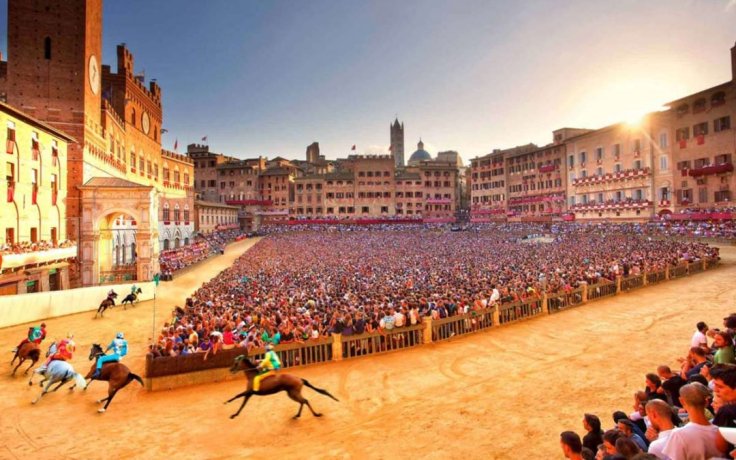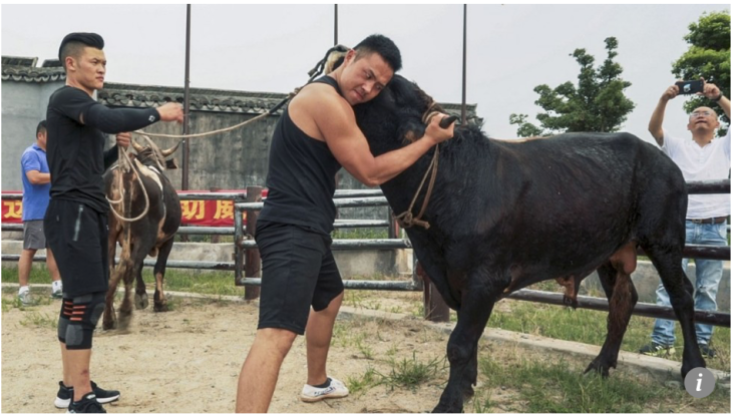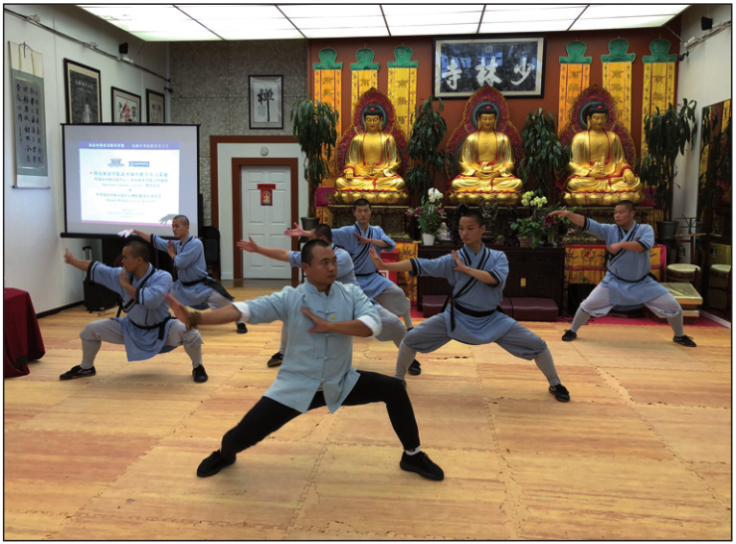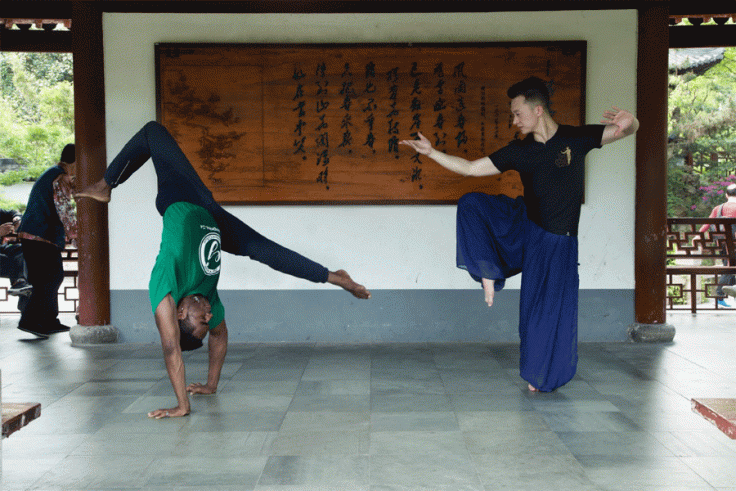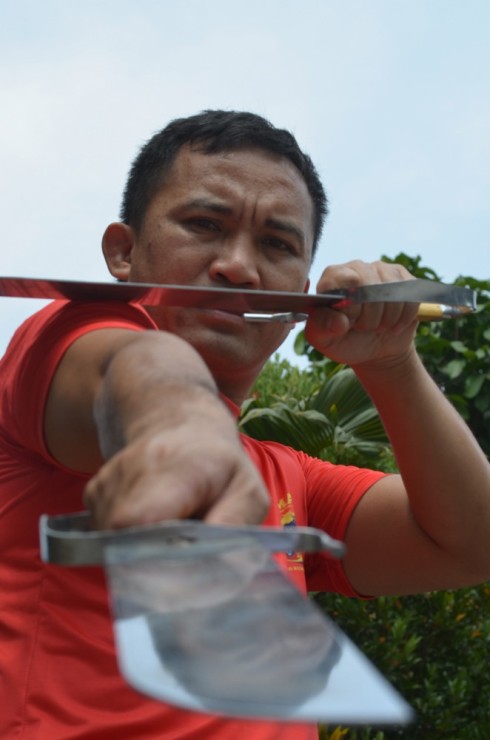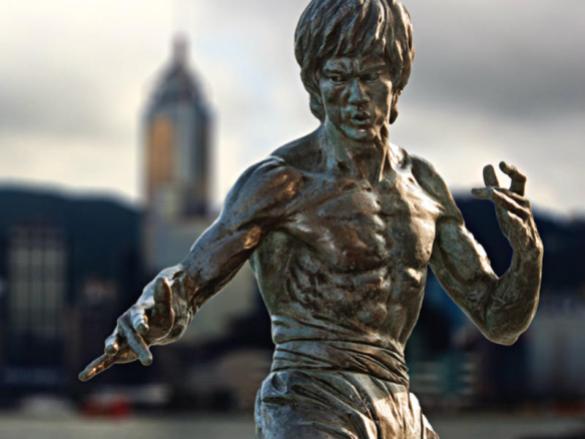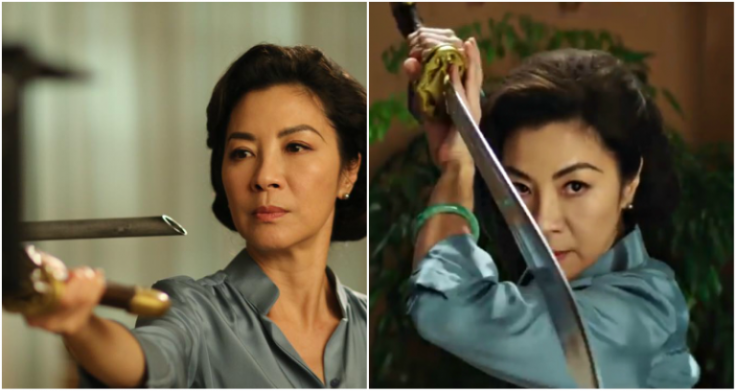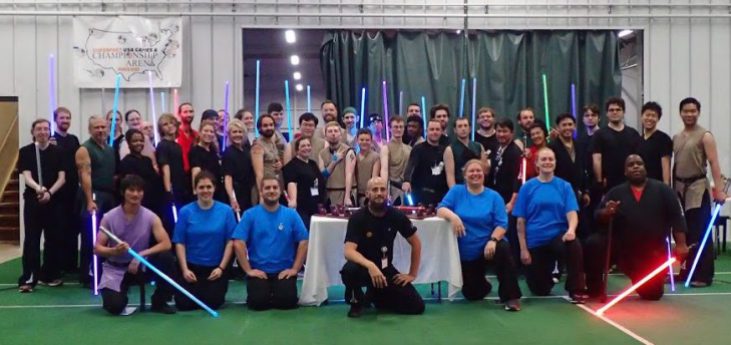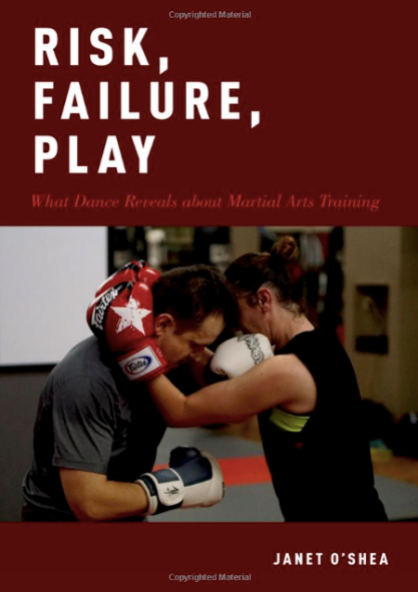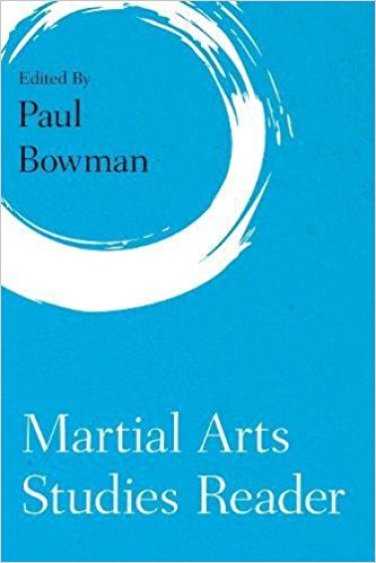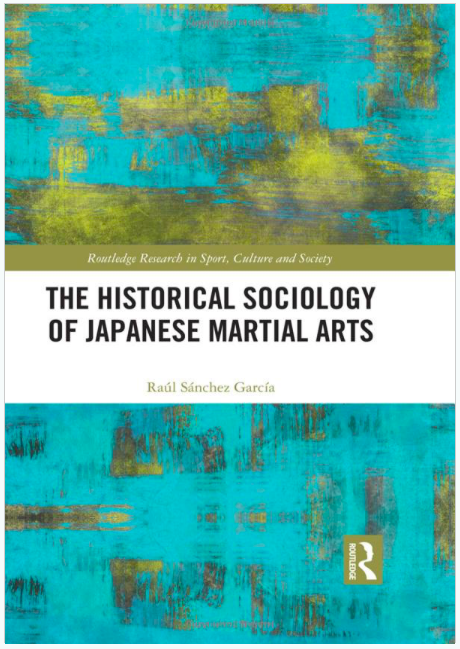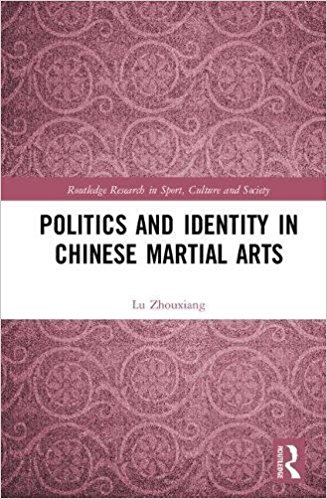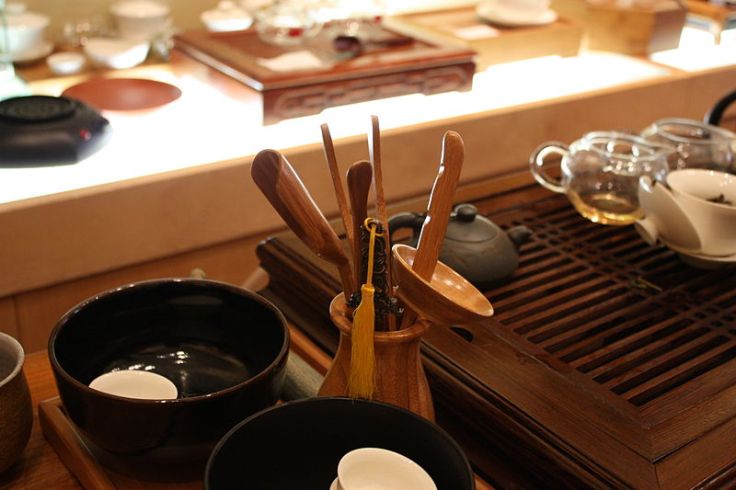Varieties of “Tradition”: Work, Play and Leisure in Martial Arts
A Different Kind of Race
Horse races are strongholds of pageantry and tradition, but when it comes to medieval texture, few can compare with the Palio di Siena. Oddly, any footage of the event reminds me of a critical issue within martial arts studies. I suppose that is an occupational hazard. Pretty much anything can remind me of some aspect of the martial arts.
Still, a few words on the Palio may be in order before setting out to explore what is “traditional” in current martial practice, and what this term should denote in academic writing. Hopefully exploring one of Europe’s oldest (and probably most dangerous) horse races will help us to distinguish between the notion of “tradition” as a rhetorical posture within the modern discourse on the martial arts, and the critical ways in which pre-modern martial arts activities diverge from their modern counterparts. Even if the physical movements and uniforms are indistinguishable from what was seen in the past, the actual activity that individuals are engaged in are always a response to contemporary events and conditions.
If one types “Palio” in a YouTube search bar, you will find numerous clips of horses and jockeys racing at breakneck speeds through Siena’s wonderful architecture, cheered on by an enthusiastic crowd. If you watch a little longer a few oddities will begin to appear. To begin with, traditional Italian architecture was never really designed with horse racing in mind. Indeed, it was probably more interested in slowing down mounted charges than facilitating them. It is not uncommon for horses to go down or riders to be unseated. That tendency is multiplied by the fact that the jockeys race bareback.
Even more interesting is the crowd itself, packed into every space surrounding the designated race course. The term “throng” is thrown around rather loosely, but no other word comes to mind as you survey the pulsing sea of humanity. Yes, tourists come to see the race. But the only way to achieve that density would be if a sizable proportion of the local neighborhoods showed up as well. Which of course thy do.
The Palio di Siena is much more than a horserace to the 17 wards that make up the city. It is a time of rivalry in which each neighborhood conspires to host banquets, celebrations, religious processions and demonstrations in an attempt to impress and outdo their neighbors. The race itself (run only by horses representing 10 of these wards, selected by lot) is the climax of a cycle of preparation that spans much of the year. Bands must be maintained, flag throwers trained, and one suspects that quite a bit of expense goes into maintaining Siena’s rather large population of urban race horses. In rare instances a special race is even commissioned to celebrate important city events or to mark critical anniversaries.
Each race is a festival, and the best party in town. It also appears that for many members of the local neighborhoods, the party is a requirement. One simply does not root for a horse from a neighboring ward simply because it has a better chance of winning. Everyone knows which team they are on, because it was the team that they were born into. While tourists watch the race, they do not, and cannot, experience it in the same way as those whose lives are interwoven with it. For them the party seems mandatory.

The Italian Martial Arts Renaissance
While spectacular, the Palio di Siena is not unique. Italy’s famously independent cities and regions have generated countless festivals. Many of them have a distinctly martial character. The history of the Palio is fairly well known. It seems that seasonal boxing and jousting tournaments gave way to bull fighting and horse-racing at the end of the medieval period. The modern Palio (reorganized and consolidated in an attempt to reduce accidental injuries) dates to the early 1700s. Many of these Italian contests pit neighborhoods against each other. Sometimes the contests are good natured. In other instances, things look more like organized brawling held under the guise of some sort of sporting contest. But no matter the specific object of the festival, there are always parties.
It was actually the parties that caught my attention. Recently I have had the good fortune to observe small pieces of what might be called the modern Italian martial arts renaissance. Increasingly I am finding Italian martial artists in all sorts of unexpected places. Traditional Italian martial arts, including various styles of knife and stick fighting, have established footholds in North America and countries like Germany, France and Russia.
While something like Sicilian knife fighting is among the most visible of the Italian martial arts, this material has not traveled alone. Italian systems of boxing and wrestling are also being re-popularized. And the explosion of interest in HEMA has provided a ready-made outlet for many schools of Italian historical fencing. Indeed, a colleague in the Bay Area (and specialist in Italian stick fighting) recently told me that in his view the “traditional” Italian martial arts are united by a shared inheritance of embodied knowledge preserved within, and then borrowed from, these older fencing practices.
This view, while historically interesting, also reminds us of something else. There is a lot going on in the world of the Italian martial arts that does not fit within the self-identified realm of “tradition.” Italy has several interesting boxing traditions firmly rooted in the 20thcentury. Judo, BJJ and MMA are all popular pursuits. In fact, Ludosport, one of the largest lightsaber combat schools, was founded in Milan in the 2000s. It has since established branches all over Europe and North America. While I wonder whether some local stick fighting techniques made their way into the Ludosport curriculum, no one would think to call this a “traditional Italian martial art.”
That is where the puzzle begins to unfold. How do we know a “traditional” art when we see one? What specific practices, identities or expectations set these apart from their modern cousins?
In the 20thcentury “traditional Asian martial arts” declared their presence in a number of ways. They tended to introduce unique, nationally defined, training uniforms. Elaborate, usually invented, histories were taught to students as a way of defining their new identity as members of the schools and emphasizing a shared set of values. Movements were stylized in unique and aesthetically pleasing ways. New modes of personal address were introduced. Sometimes students were even expected to master a new language (whether Japanese, Korean or even Portuguese) if they wished to really “understand” their chosen martial practice. This differs from the ethos of the modern combat sports (boxing, wrestling and MMA) which embrace contemporary society, rather than throwing up symbolic barriers.
In these specific respects Ludosport actually comes off as a very “traditional” martial art. It strictly maintains its own codes of dress, address and behavior. Indeed, it tends to be a rather closed community at least partially because of these strategies. One is also expected to learn at least of bit of Italian to take part in classes. Yet its engagement with Italian culture goes well beyond that. I recently had the opportunity to watch students in southern New York counting down drills, naming techniques and going through entire tournament matches without a word of English being spoken. At least within Ludosport, Italian has become the universal language of the lighsaber. One suspects that a degree of fluency and affinity for Italian culture would be a practical (if not formal) prerequisite for actually mastering this system.
I think that the love of a good party is probably also necessary to flourish within the Ludosport community. Its organizers have devoted substantial energy to creating a yearly cycle of tournaments, each with its own period of preparation, and each followed by a period of celebration. Indeed, one of the things that has been most surprising about this community is distances that individuals are willing to travel (and the economic resources they will spend), to participate in these gatherings. The parties almost feel mandatory, and they are clearly the sort of community strengthening exercise that Emile Durkheim would have delighted in.
This global export of Italian culture is not unique to Ludosport. I asked what sort of student was most likely to take up the traditional Italian martial arts (knife and stick) while interviewing another instructor who moved to the Bay Area some time ago. He noted that when he began to teach, he expected only limited interest from the local community. Given the extent to which these practices are tied directly to Italian culture he guessed that his students would mostly be Italian Americans looking to reconnect with their heritage. Instead he discovered a huge amount of interest and a student body that closely mirrored the demographics of the local universities. While Italian-Americans occasionally take an interest in Sicilian knife fighting, or the Shepard’s stick, most of his students have no direct connection to Italy and many are Asian Americans.
When asked why these sorts of students stayed, or what they got out of traditional stick fighting, my friend concluded, after a moment of thought, that it was probably the community. They loved learning the language. They loved the dinners and the parties. He noted, with some surprise, the number of American university students who are now taking time to travel to Italy specifically to study with other martial arts instructors there.
On a technical level Ludosport is engaged in a very different exercise than that of my friend in the Bay Area. He pursues the study of “traditional” arts while they are intent on developing a “hyper-real” one. He wields a stick or knife, while they opt for the lightsaber. He teaches a skill-based classes to local university students, while Ludosport (which also supports a skills based curriculum) seems more interested in organizing itself as an international athletic league.
Yet for all of their differences, both organizations strike me as playing a fundamentally similar role within the Italian martial arts renaissance. Each presents a set of skills embedded within a distinctly Italian cultural framework. This rich web of understanding is conveyed not just through embodied knowledge (which obviously constitutes the core of actual practice), but also through the promotion of media, social networks, language acquisition, travel and an emphasis on the intensive socialization of new students. What sorts of models exist for understanding this behavior (or in the case of Ludosport, creating it from the ground up)? One suspects that examining Italy’s long history of neighborhood festivals (often structured around quasi-military contests) might be a good place to start.
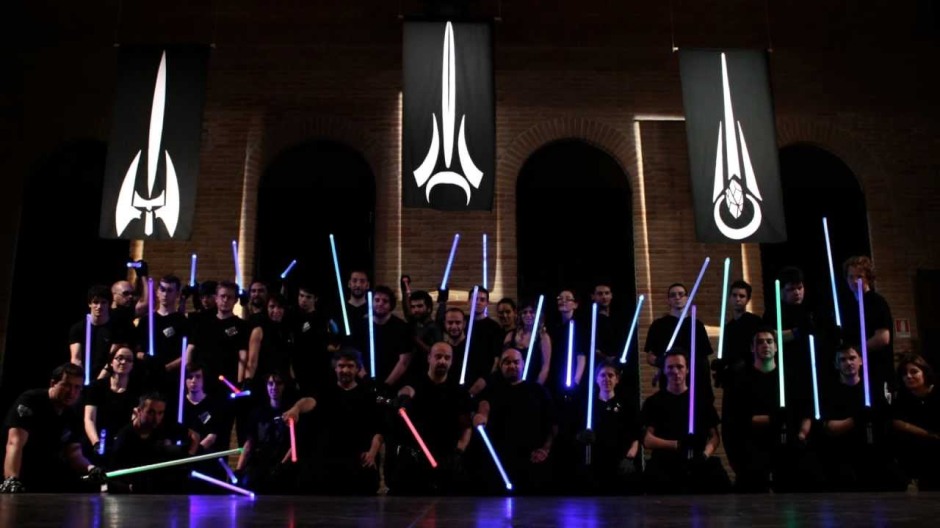
The Mandatory Party?
Still, the more we look at festivals like Palio di Siena, the more paradoxes appear. Can a raging, multi-week, period of intensive community preparation, practice and partying really be made mandatory? What sort of social sanctions could convince people who don’t like the traffic (or who find the injuries to horses and riders disturbing) not to take that long-awaited vacation to Canada? Or on a more philosophical level, if the community mandates that you go out and have fun, isn’t that really a type of work? Sure, there may be loud music and lots of alcohol, but if one is required to be there, aren’t you really performing a civic or organizational duty?
This was one of several important questions that the anthropologist Victor Turner asked in his 1974 essay “Liminal to Liminoid, in Play, Flow and Ritual: As Essay in Comparative Symbology.” His answer is particularly important for understanding the gradations of “tradition” that we might find in the martial arts. Yet on an even more basic level, he attempts to provide insights about the nature of the modern world, and the ways that industrialized and post-industrial societies tend to reposition “play” as “leisure” and “work” as “labor.”
The brief version of Turner’s answer would likely be that the existence of a “mandatory party” is possible in certain times and places, but not in our current situation. The advent of industrialization brought a fundamental transformation to how we understand concepts like “leisure” and “free time.” As such, when we see something that resembles, or postures, as a mandatory party, its important to consider what social work it is attempting to accomplish within a modern social context. What set of personal or psychological needs are being fulfilled by something that is, in reality, almost certainly a voluntary consumption decision?
Turner begins by observing that in truly traditional communities, characterized by extensive face to face interactions, the line between transformative ritual (whether seasonal in nature or a rite of passage) and the world of normal daily work was often not what we would think. Agricultural or physical labor was necessary to prepare material for religious sacrifices which would then ensure the productivity of one’s work in the coming year. An individual ritual action might be hedged about with symbolic cultural markers, demarcating it as “sacred space.” Yet the cycles of the calendar itself tended to unite things into a single whole. It dictated when work would happen, when times would be lean, and when festivals could be celebrated. Regulating the success of this system (thus ensuring the survival of the group) monopolized the resources of the community.
It is not a surprise, then, to read about entire communities coming out to cooperatively plant in the spring or gather crops later in the year. That sort of work was an economic and social necessity. Yet Turner went on to note that the sorts of feasts and festivals that occurred in these communities were also mandatory and a type of social work, rather than being an optional event or an example of modern “leisure.” Just as one had a responsibility to work in the community fields, or defend the community’s boundaries in its militia, one also had a responsibility to take part in the festivals and rituals that ensured fecundity, or attempted to ward off disease or natural disaster.
Certainly, these times were marked with celebration and creative play. Yet they were also instances of very intense social work. The notion of true leisure (meaning a realm of voluntary activity chosen by the individual and financed by the fruits of their personal labor) could only come into existence once economic markets had been developed in land and labor, a process that Karl Polanyi called “The Great Transformation.” Turner had much to say about this distinction, but perhaps we can summarize simply by noting that even if a given ritual might be preserved across this cultural barrier, its nature and meaning would be utterly transformed. To call on a seasonal example, wassailing in 16thcentury England was quite different, and implied a very different set of social structures and responsibilities, then singing Christmas carols today. The latter is strictly a voluntary (and modern) activity. The former was very much a “mandatory party” which wealthy landowners could not easily opt out of.
I think that one can see all of this illustrated in our modern confusion over the definition of Chinese martial culture. Did these practices originate in the changing social conditions (urbanization) of the Song dynasty, the coastal military crisis of the Ming, or ritual attempts to control disease, flood and famine in the Qing? The answer, of course, is “yes.” Both practice and performance have been deeply implicated within the development of the Chinese martial arts. The 16thcentury piracy crisis necessitated the reform of martial training to counter a new threat. Yet the four horsemen of the apocalypse always ride together. Famine and disease do not exist separately from military conflict. They are closely associated with it. Wars lead to hunger, and hunger leads to social violence.
This relationship was clearly understood by Chinese scholars, community leaders and military officers, all of whom had ample opportunities to study the subject in great detail. Thus martial rituals (lion and dragon dancing, several types of temple processions, the staging of community operas) carried out to address these more existential threats cannot ever be fully separated from the practical business of “real” martial arts training. Our constant attempts to do so, to fracture the overall unity of martial culture, tells us much more about the ways that economic and social specialization shape our own culture than anything about what happened in pre-1911 China. In 1840 both training with the militia and celebrating the New Year with the lion dance company were examples of “kung fu” because both were types of social work that certain young men were expected to render to the larger community. At times there was a ludic aspect to this work, but again, the party was mandatory.
None of this is the case today. Indeed, the party itself seems to have largely vanished. While conducting interviews I often hear the old timers talk about the wonderful socialization that happened after training at Chinese martial arts schools during the 1970s and 1980s. They relate stories of the hours spent in restaurants, or the group expeditions to grindhouse theaters to watch kung fu films. It all sounds wonderful. But I have never actually seen anything like it within my own experience. Instead, it is always framed as something “we used to do.”
When I ask about the change inevitably I hear that people grew-up, had families and got too busy. I suspect that this also signals the dramatic loss of social capital within American society that Putnam and other social scientists have written about. Still, the very fact that one can make a choice about this, that the party can even go out of fashion, suggests that these sorts of activities are very different from their pre-modern forbearers. What had been social work, necessary to maintaining the community, came to be experienced as a type of leisure, one consumer good among many which individuals used to fill their free time. It was this prior transformation that allowed it to become too expensive or unfashionable to continue.
All of this should lead to a moment’s reflection on what we mean when using the term “traditional” to discuss the martial arts. I am not suggesting that anyone change their terminology, but we should be aware that two very different possibilities are always at play. Logically, “tradition” would seem to refer to the practices and social structures of the pre-modern era. It was at this time that one might find a truly “mandatory party,” or martial arts practice understood as a necessary aspect of community service. Yet that is almost never what practitioners or scholars actually mean when using the term today. Instead they are referring to a group of modern practices which emerged in the late 19thor 20thcentury, almost all of which attempt to convey an ethno-nationalist body of knowledge through a type of physical training defining itself in opposition to “modern” (read, universally available) sports. This is “tradition” as a label that is chosen within a very modern marketplace of ideas, rather than something that predates or rejects a modernist understanding of the world. While the label points back to an imagined past of “essentialist” and immutable national identities, such a usage can exist only within a contemporary context.
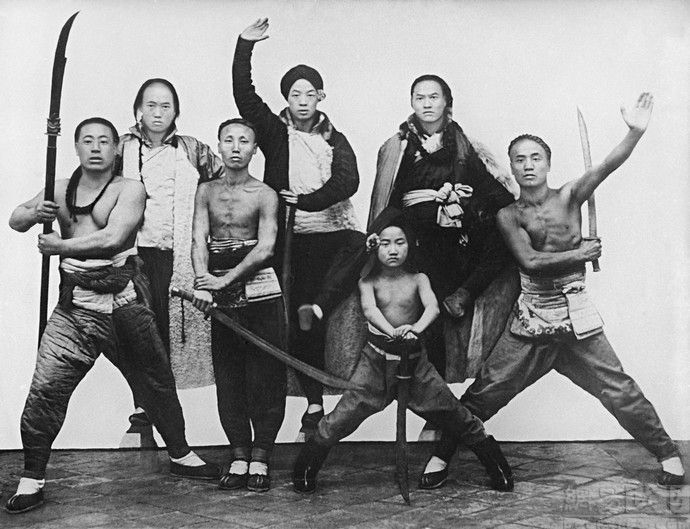
Conclusion
So why would some communities (either kung fu schools in the 1970s, or Italian martial arts today) attempt to replicate the tradition of the mandatory party? Again, rather than an actual return to the past, one suspects that this is a response to proximate concerns found within recent trends. Over the summer I had a chance to attend Ludosport’s first national tournament in the USA and was surprised by the number of athletes that they assembled. It must have been a sizable percentage of the organization’s entire American student body. One can only wonder at the economic costs of making something like that happen.
As the tournament went on the attraction became more evident. Certainly, the matches and workshops were interesting, but the party was fantastic. It was the primary means by which old friendships were reinforced and new relationships forged. It was there that the basic social values of the group were hashed out. Indeed, these social gatherings were so important they were not left to chance. Ample time for “spontaneous” socialization was actually built into the events schedule. Further, the organizer’s habit of repeatedly scheduling important business meetings for school owners and instructors as “break-out sessions” during the main parties meant that for the professional within the group, the “mandatory party” was not just a metaphor. You really did have to be there. That was actually rough on many of the more jetlagged attendees.
Creating a martial arts group that can impose these sorts of costs on its member is not easy in the current environment. The higher the barriers to entry, the lower one’s potential student base will be. Still, it is not hard to see the attraction in all of this. Social and economic changes within the American economy have, over the last few decades, hollowed out its once vibrant community and associational life. Individuals crave a sense of intense, authentic community, something that, in an increasingly chaotic world, you can build a life around.
Creating those sorts of institutions is no easy task. It is one that goes well beyond looking for a time to schedule a couple of weekday classes. Still, the recent success of the Italian martial arts (whether traditional or hyper-real) in North America suggests that there is an immense appetite for this more intensive community experience.
This also raises questions for students of martial arts studies. When you look at the “clan structure”, cyclic yearly calendar and “mandatory parties” of Ludosport, it is easy to be reminded of the pre-modern traditions of something like the Palio di Siena. Indeed, one suspects that these sorts of social institutions served as a model for the construction of this more modern organization. Yet if we forget that the world that structures these demands is actually quite different from the one that gave rise to an earlier generation of community traditions, that modern leisure is not the same thing as peasant’s play, we will misunderstand the social work that the martial arts perform today.
oOo
If you enjoyed this essay you might also want to read: The Tao of Tom and Jerry: Krug on the Appropriation of the Asian Martial Arts in Western Culture
oOo
